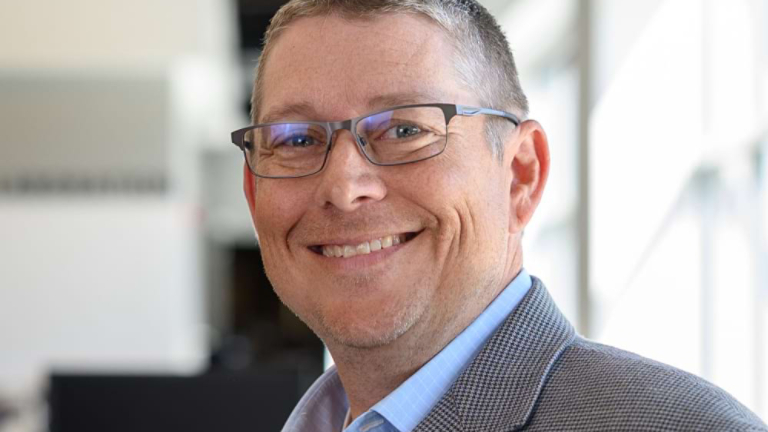Embracing technology to decarbonize operations is critical for business owners, considering that buildings account for nearly 40% of greenhouse gas (GHG) emissions.1 However, just as every business is unique, their journey toward decarbonization is equally individualized. Before you can identify the technology to adopt, you must first determine the business outcome you desire.
Determine Desired Business Outcomes
The process of goal setting can be challenging for organizations as they are frequently juggling the expectations of key stakeholders, managing aging infrastructure, and ensuring compliance with evolving regulations. By asking critical questions, Trane's team of experts can help customers balance competing priorities and arrive at a set of goals. Desired outcomes can vary across building owners; some examples are decarbonization, energy efficiency, increased productivity, serviceability and simply attracting tenants who prioritize sustainability. The more defined the outcome, the more a building will benefit from the technology implemented.
Often, building owners or facility managers are presented with the newest, most advanced equipment and gadgets. However, it's important to recognize that opting for a simpler, low-tech solution can frequently yield significant results for building owners. Let’s look at some examples of desired outcomes and the technologies best equipped to meet these goals.
Desired Outcome #1: Understand Energy Usage & Set Goals
In this instance, an energy audit may be the appropriate first step. An energy audit is an introductory assessment of your energy usage which includes a full review of your building operations, a walkthrough and interviews with company engineers, building managers, and other key stakeholders that can provide vital information about daily processes. Energy audits can range from understanding a building's current energy use to determining the ROI of equipment changes and upgrades to a comprehensive review of sources of energy and exploring the opportunity to convert to electric energy. Regardless of the level of audit performed, data and insights can be a powerful tool for organizations looking to make decisions about where they can improve their energy usage – you can’t improve what you don’t measure. Read more about the process of an energy efficiency audit.
Desired Outcome #2: Increased Oversight and Smarter Decision Making
A misconception is that new equipment is the only way to increase energy efficiency in a building. But introducing connectivity with legacy equipment, through an Energy Management System (EMS), can yield significant energy savings for building operators. An EMS works as the “brains of the building” – the control center – and connects and facilitates communication between all energy sources in real-time. Through monitoring and visibility into energy usage, building operators can adjust based on intelligent data captured. This allows building owners to not only get more mileage out of legacy equipment but make smarter decisions that will help them meet their goals. Read more about the benefits of an Energy Management System.
Desired Outcome #3: Automation & Predictive Maintenance
This may be an ideal utilization of Artificial Intelligence and Machine Learning (AI/ML). Both get a lot of attention and can be incredibly beneficial to your organization. However, AI and ML are only successful when paired with data and insights resulting from a fully optimized and integrated EMS. There are a range of ways AI/ML can be paired with an EMS to meet a specific objective. AI/ML is great at identifying equipment and sequence problems early. For example, detecting stuck outdoor air dampers before building occupants sense discomfort or the utility bill reveals a disruption. AI/ML can also dynamically adjust optimal setpoints and predict equipment failure. The ability to proactively react to intelligence and insights specific to your building allows you to take immediate and purposeful actions.
Getting Started
As customers think about setting goals, there are a variety of highly effective technologies to help customers succeed. But the order is critical to success:
- Identify the right team/expert/collborator.
- Collaborate to determine your desired outcome(s).
- Assess technology options that will help you achieve that desired outcome.
- Measure and validate your solution.
But rest assured, Trane has your back and we are ready to collaborate with you to meet and exceed your unique goals. Call us today to get started.


